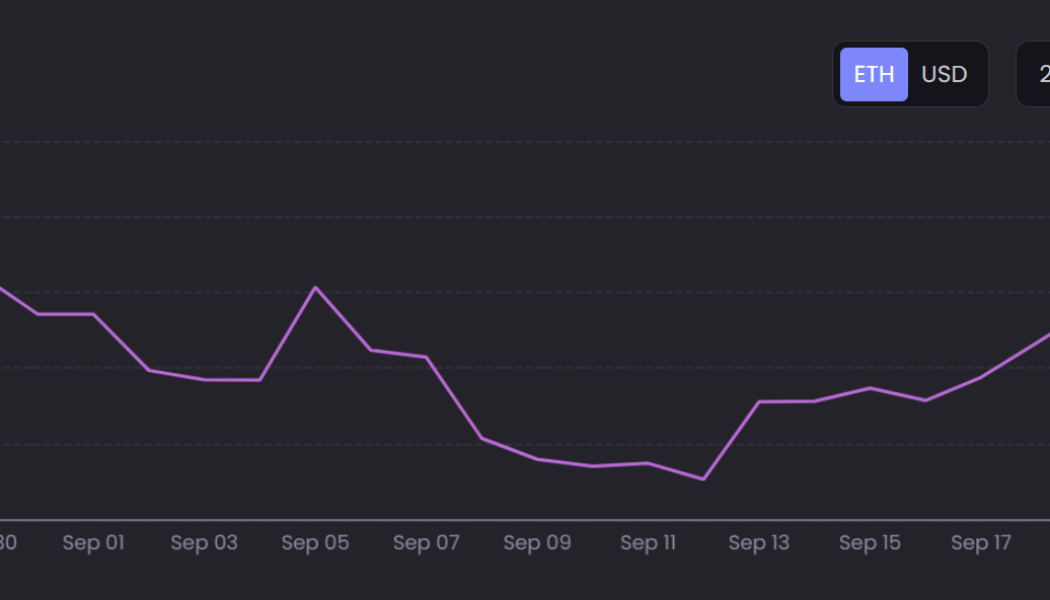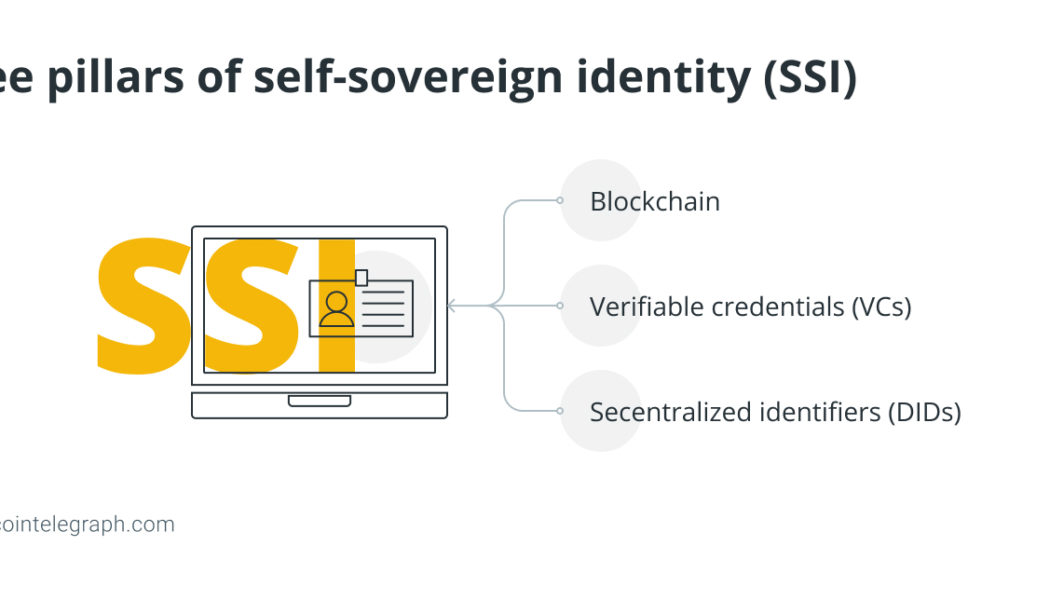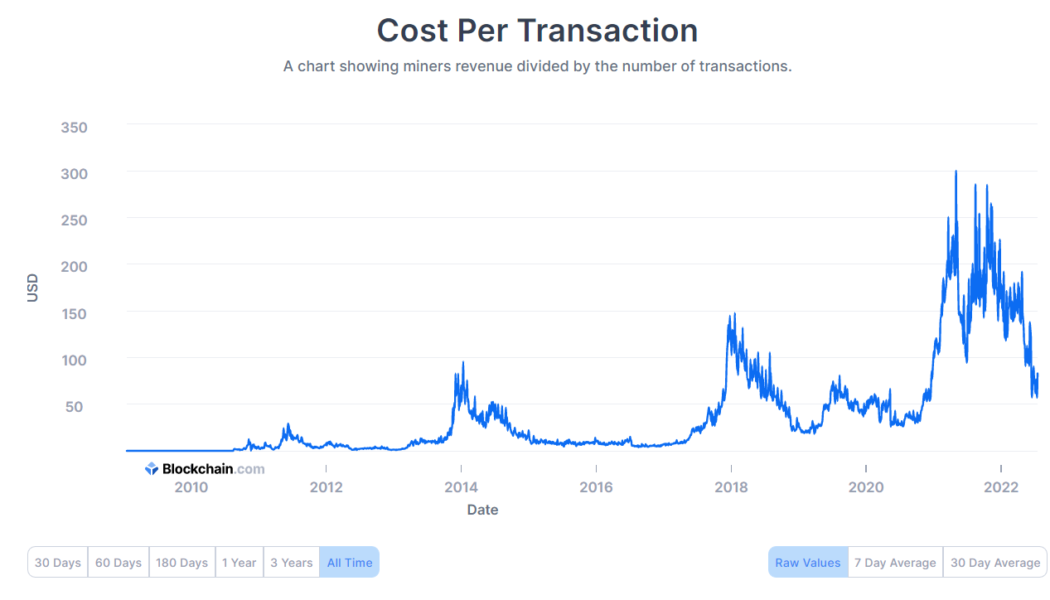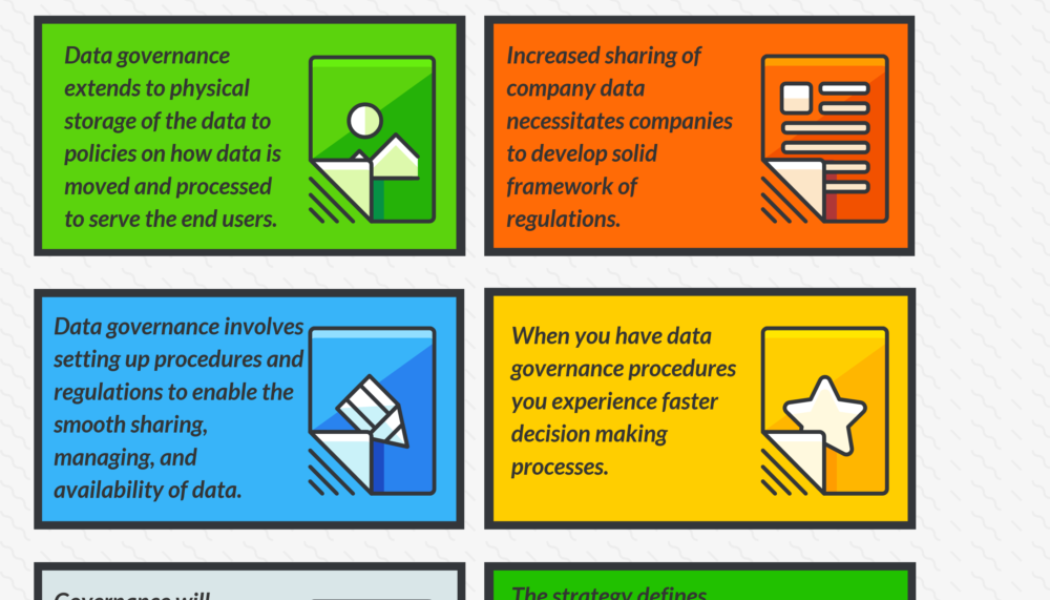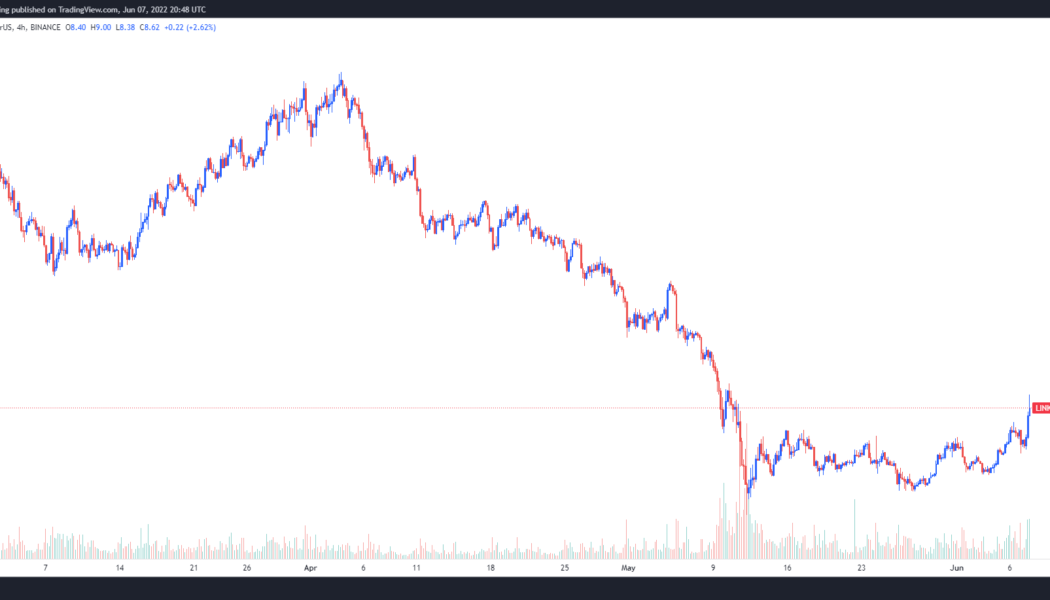data
NFT ecosystem attempts a bounce back amid bearish market sentiment
Over the past two years, nonfungible tokens (NFTs) gave the crypto ecosystem the boost it needed to grab mainstream attention — owing to the involvement of prominent artists and celebrities. However, despite the enormous losses suffered by NFT investors following the ongoing, 10-month-long bear market, the ecosystem showed sustainable signs of a comeback in the last two weeks. Since Sept. 12, the performance of blue-chip NFT collections witnessed a steady growth, inching back toward the 10,000 Ether (ETH) that was lost in mid-August 2022, according to data by NFTGo. The performance of blue-chip NFT collections. Source: NFTGo On Sept. 20, the market capitalization, which is derived from the floor price and the trading price of NFTs, spiked nearly 16.5% at roughly 11.25 million ETH. Mar...
Bitcoin was almost named Netcoin by Satoshi Nakamoto, hints domain data
Coming up with a good name is often one of the most challenging decisions one needs to make when launching a new service or business. Historical data of domain name purchases suggest that Satoshi Nakamoto, the creator of Bitcoin (BTC), had an alternate naming option in mind that did not make it to the whitepaper. Bitcoin.org, the website domain linked to the original Bitcoin, was created on Aug. 18, 2008, under AnonymousSpeech, a service in Japan that allowed users to buy domain names anonymously. Domain purchases under AnonymousSpeech around similar timelines revealed the creation of Netcoin.org on Aug. 17, 2008 — just a day prior to the creation of Bitcoin.org. Did you know? A day before the https://t.co/oDfOFzFVNi domain was first registered, someone purchased https://t.co/KLzoDxJjrz us...
What is decentralized identity in blockchain?
Self-sovereign identity is a concept that refers to the use of distributed databases to manage PII. The notion of self-sovereign identity (SSI) is core to the idea of decentralized identity. Instead of having a set of identities across multiple platforms or a single identity managed by a third party, SII users have digital wallets in which various credentials are stored and accessible through reliable applications. Experts distinguish three main components known as the three pillars of SSI: blockchain, verifiable credentials (VCs) and decentralized identifiers (DIDs). Blockchain is a decentralized digital database, a ledger of transactions duplicated and distributed among network computers that record information in a way that makes it difficult or impossible to change, hack or cheat. Seco...
Nansen admits neglecting DeFi plans during the NFT craze
Despite the general downturn in the cryptocurrency markets throughout the year, Ethereum blockchain analytics platform Nansen has continued to report impressive growth numbers. CEO and co-founder Alex Svanevik recently spoke about Nansen’s growth, highlighting that the company has registered over 130 million addresses and has grown 30% despite the crypto downturn. Svanevik credited much of his success to the value of blockchain platforms, notably those based on Ethereum. Cointelegraph reached out to Nansen’s Andrew Thurman for more insight into the company’s success. Thurman, a Simian psychometric enhancement technician, explained that after the nonfungible tokens (NFT) craze, Nansen realized it would be a big area for the company and became its most popular section. He added: “A...
Bitcoin per transaction cost goes down every four years, coincidence?
Diving deep into the thirteen-year-old Bitcoin (BTC) ecosystem makes one come across interesting patterns powered organically by investor sentiment and market conditions. With BTC’s per transaction cost coming down to $56.846 on July 14, the ecosystem unveiled a cycle wherein the per transaction costs invariably fall every four years. The cost per Bitcoin transaction is calculated by dividing miners’ revenue by the number of transactions, thus implying an unpredictive trend — however, data from Blockchain.com reveals a pattern many would find satisfying. Bitcoin cost per transaction YTD. Source: blockchain.com The cost per transaction dropped over 81% in July 2022 from its all-time high of $300.331 in May 2021, factored by a combination of a prolonged bear market and fewer on-chain t...
Data transfer network Plaid integrates 4 major crypto exchanges
United States data transfer network Plaid has added four major cryptocurrency exchanges to its platform, giving users the ability to connect their digital asset portfolios to other applications more easily. Crypto platforms Binance.US, Gemini, Robinhood and SoFi are now supported by the Plaid network, the company announced Thursday. Support for additional platforms, such as Blockchain.com and BitGo, is scheduled to commence later this year. We now support leading digital asset exchanges on the Plaid network, including @BinanceUS, @Gemini, @Robinhood & @SoFi with plans to support additional crypto providers like @Blockchain and @BitGo later this year. https://t.co/I1QlXmL8hQ — Plaid (@Plaid) July 14, 2022 The integrations are intended to help crypto users “bridge data portability ...
BIS to launch market intelligence platform amid stablecoin, DeFi collapse
The Bank for International Settlements (BIS) Innovation Hub announced the launch of a new set of projects targeting various aspects of traditional and crypto payments — including a cryptocurrency market intelligence platform and security for retail central bank digital currency (CBDC). BIS’s cryptocurrency market intelligence platform will be launched under the Eurosystem Centre initiative, which aims to provide vetted data about crypto projects. One of the key drivers for the project’s commencement is the collapse of numerous stablecoins projects and decentralized finance (DeFi) lending platforms such as Terra (LUNA) and Decentralized USD (USDD). As explained in the official announcement: “The project’s goal is to create an open-source market intelligence platform to shed light on m...
This oracle data provider platform has surpassed 4 million nodes since inception
Can a fully-functional oracle network ecosystem that anonymously collects and validates geospatial (location-specific) data exist? One blockchain firm seems to have gotten the gist of the idea. Founded in 2012, XY Labs and its namesake protocol XYO, which is built on the Ethereum blockchain, seek to reward participants for the genesis, interpretation, analysis, and storage of data to be called upon for specific problems. There are currently over 4 million nodes worldwide on the XYO network. In a recent ask-me-anything (AMA) session with Cointelegraph Markets Pro, Arie Trouw, founder of XY Labs, explained that fundamental to the XYO system is a special type of payload called BoundWitnesses. It contains a list of user-input data points that are signed by one or more nodes in the XYO ne...
LINK marines rejoice after Chainlink 2.0 brings a new roadmap and staking
Passive income opportunities are one of the biggest draws in the cryptocurrency ecosystem because it gives investors an easy opportunity to grow their portfolio size regardless of the day-to-day price action. The latest token to get a bump in its price after announcing the upcoming implementation of staking is Chainlink (LINK), the decentralized oracle network that provides important off-chain information needed for the proper functioning of smart contracts. Data from Cointelegraph Markets Pro and TradingView shows that since bouncing off a low of $6.67 on June 4, the price of LINK has increased 35% to hit a daily high of $9.00 on June 7. LINK/USDT 4-hour chart. Source: TradingView Here’s a look at what the new developments in the Chainlink ecosystem that could be backing today’s pri...
Why decentralized messaging apps will replace today’s social media platforms
The Russian government has cracked down on foreign social media platforms such as Instagram, Facebook and Twitter, banning them for extremist activists. For protestors, activists and local civilians, these actions have resulted in a significant barrier to communication with the outside world. Furthermore, they have also raised the question of just how easy of a target these apps are for state authorities. With citizens unable to access these platforms, they have little choice but to flee to the next-best still active platforms. However, it isn’t just Russian activists who have taken to alternatives. Consider, for example, Telegram, a cloud-based instant messaging service that has quickly become a place for sharing war footage and other content that may have otherwise been blocked on ...
How to Deliver An Actionable Data Strategy
We use cookies on our website to give you the most relevant experience by remembering your preferences and repeat visits. By clicking “Accept All”, you consent to the use of ALL the cookies. However, you may visit “Cookie Settings” to provide a controlled consent.
